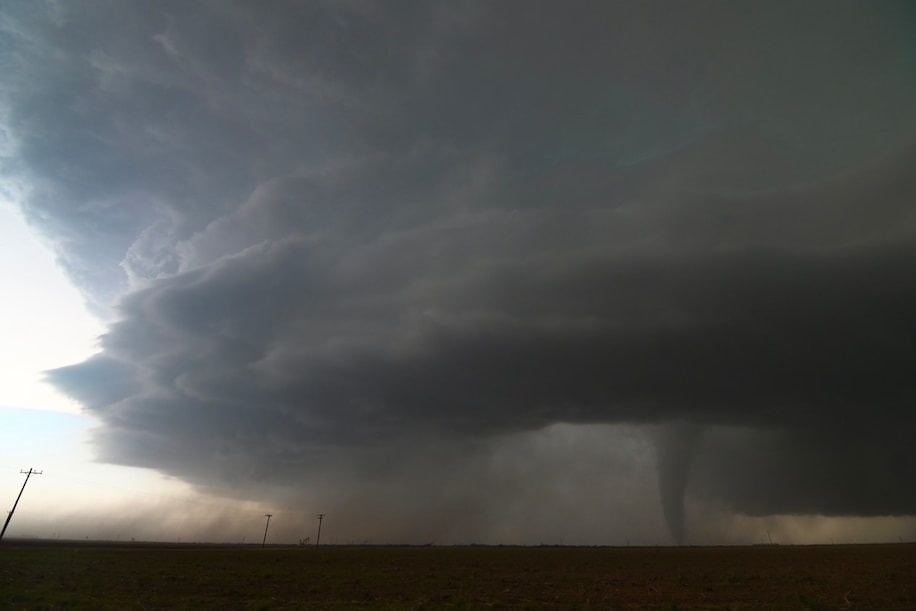
On the afternoon of July 19, a super storm swept through the waters of Ha Long Bay (Quang Ninh), causing the tourist boat Vinh Xanh 58 (QN‑7105) to capsize. As of 11:00 a.m. on July 20, authorities had found 45 victims, of whom 10 survived and 35 did not survive.
Thunderstorms are common, with thousands of lightning bolts striking the Earth's surface every minute. However, very few storms become superstorms. These are rare, dangerous, and unpredictable.
"King" of storms
The Washington Post calls supercell thunderstorms the "kings" of storms. They can reach 10 miles (16 km) or more in height, spin like tops, and produce some of the most violent weather on the planet.
Supercell thunderstorms produce hail that can be as large as melons, create mile-wide tornadoes with winds exceeding 200 mph, and produce hurricane-force microbursts.
Not all thunderstorms are created equal. Some are “pulse” storms — the kind that are common every summer. These typically stop raining on their own after 30 minutes or an hour and rarely produce more than heavy rain and a few flashes of lightning.
 |
The ship Vinh Xanh 58 capsized in Ha Long Bay at 1:30 p.m. on July 19. Photo: VOV. |
Then there are the storm clusters or thunderstorm lines. These form when multiple thunderstorm "cells" merge. Thunderstorm lines often produce damaging straight-line winds.
Supercells, on the other hand, are a completely different structure. They are isolated, isolated storm cells. The secret to their strength and longevity lies in their isolation.
Because they are isolated from other storms, supercells don’t have to compete with neighboring storms for warm, moist air and fuel. This allows them to take full advantage of the environmental variability, becoming powerful, self-sustaining storms that can last for hours, travel hundreds of miles and cause massive devastation.
Some of the craziest weather on Earth is caused by supercell thunderstorms. In the downdraft of a storm, hail can reach the size of a DVD or even a volleyball.
Then, squalls, or narrow but intense pockets of downward-moving air, can produce wind gusts of more than 100 mph. Rainfall can exceed 4 inches per hour, leading to flash flooding. Additionally, straight-line lightning strikes can extend far ahead of the storm, starting fires.
How do supercells form?
The Meteorological Center said that the cause of the heavy rain and thunderstorms on the afternoon of July 19 in the North and the Gulf of Tonkin was due to the influence of the tropical convergence zone passing through the North, combined with the high temperature in the North over the past 3 days.
This causes updrafts (updrafts of air moving vertically upward) to develop in unstable atmospheric conditions, causing severe thunderstorms. These are Mesoscale Convective Systems (MCSs in the tropics), which are medium-sized thunderstorm cloud clusters that often produce very heavy rains and dangerous weather phenomena.
"A super thunderstorm system has a diameter of several kilometers to several hundred kilometers. It consists of many clusters of thunderstorms that develop and combine into a large system. It can last for many hours, even 12–24 hours, stronger and longer than a single thunderstorm," the meteorological center informed.
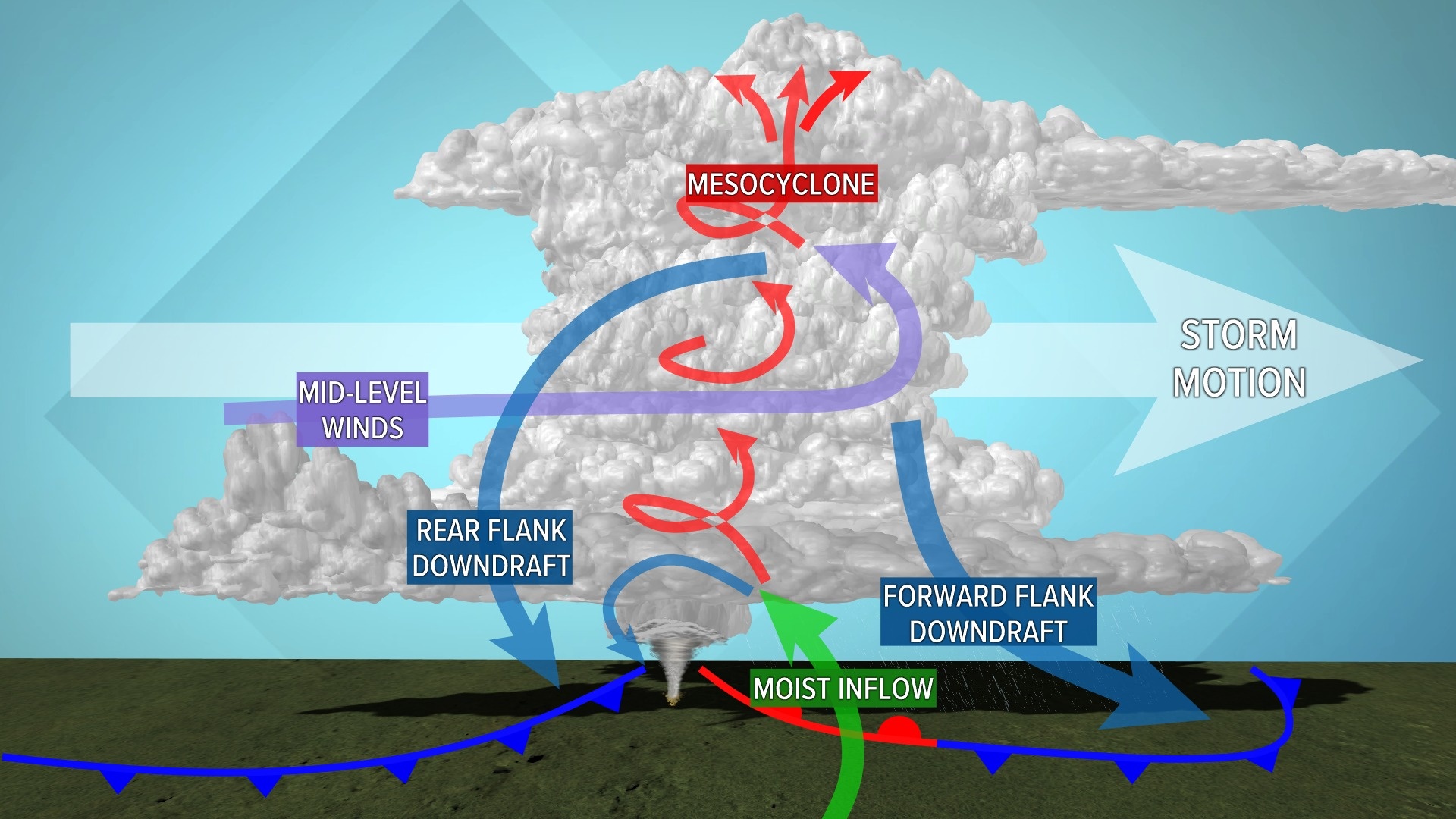 |
Structure of a supercell thunderstorm. Photo: WOI. |
Supercells exist in environments with strong wind shear. This is a change in wind speed or direction with altitude. As a thunderstorm cloud grows higher, it senses those changes in wind. This causes it to rotate. In other words, supercells are thunderstorms with rotation.
The more instability, or hurricane "fuel" (which comes from warm, moist air), the higher a storm cloud can grow.
Eventually, the cloud will reach the height of the jet stream — a "highway" of fierce winds in the upper atmosphere that tilts the storm, creating the key to the organization of many storms.
Supercell thunderstorms then reach a state of equilibrium, or “steady state,” where they remain undisturbed for hours and cover hundreds of miles. They typically only weaken when the overall environment changes or when they move into a less favorable environment.
Source: https://znews.vn/sieu-dong-giua-bien-nguy-hiem-nhu-the-nao-post1570188.html


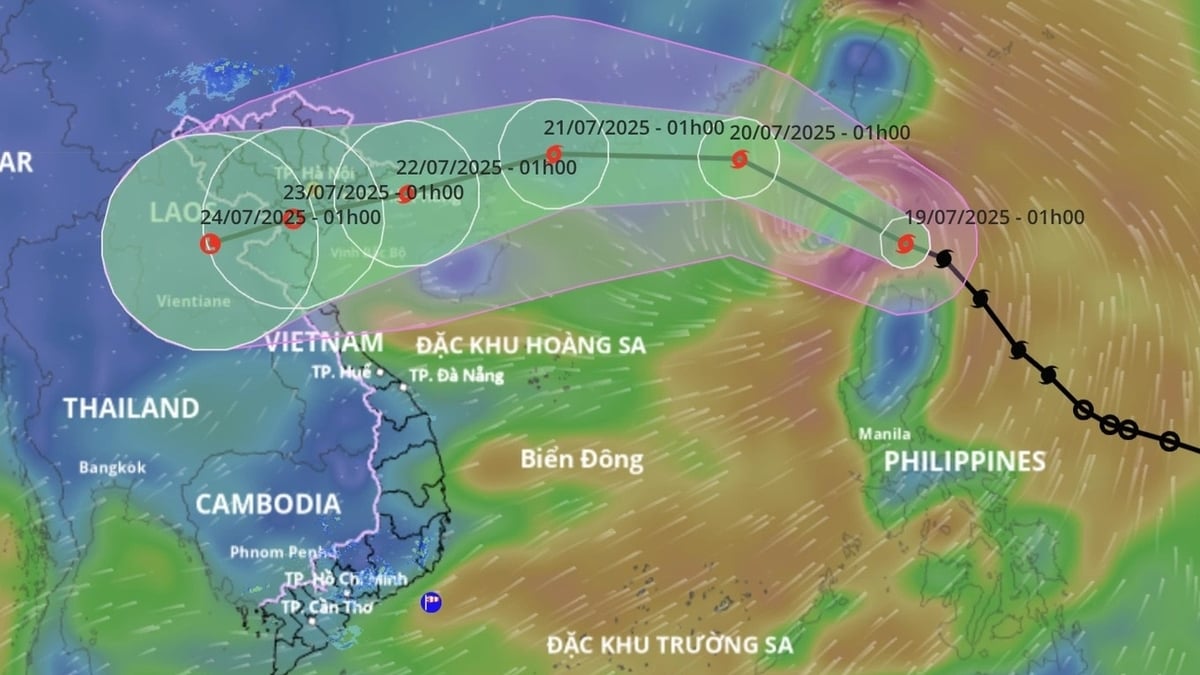


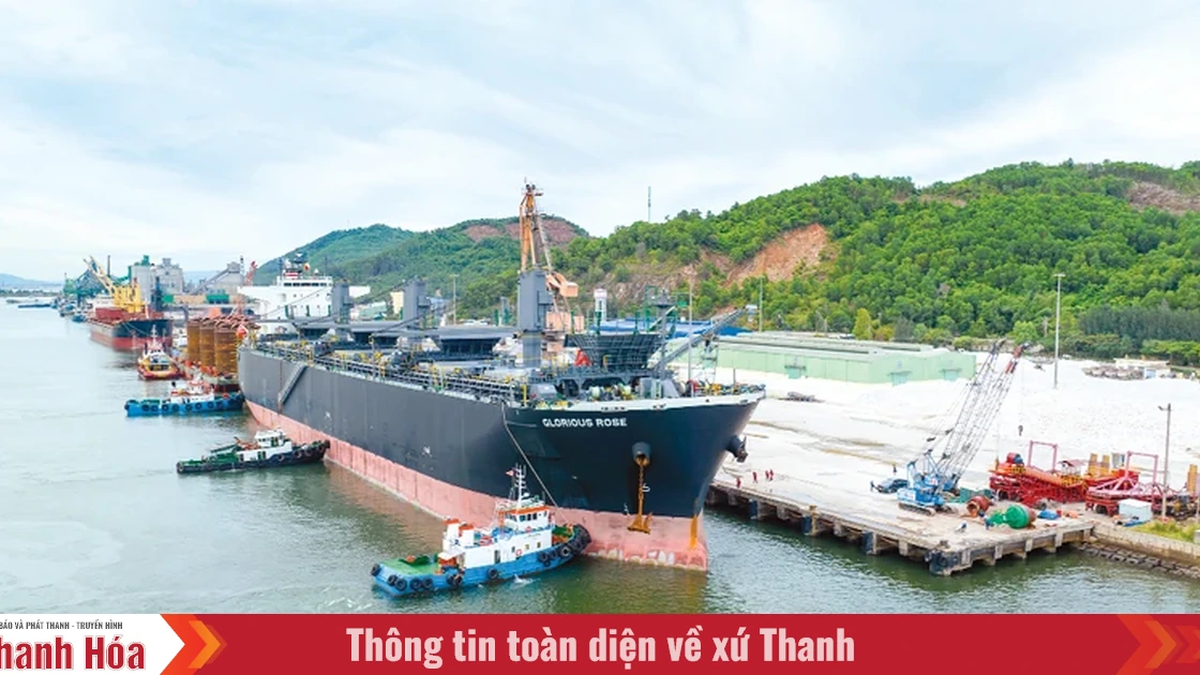



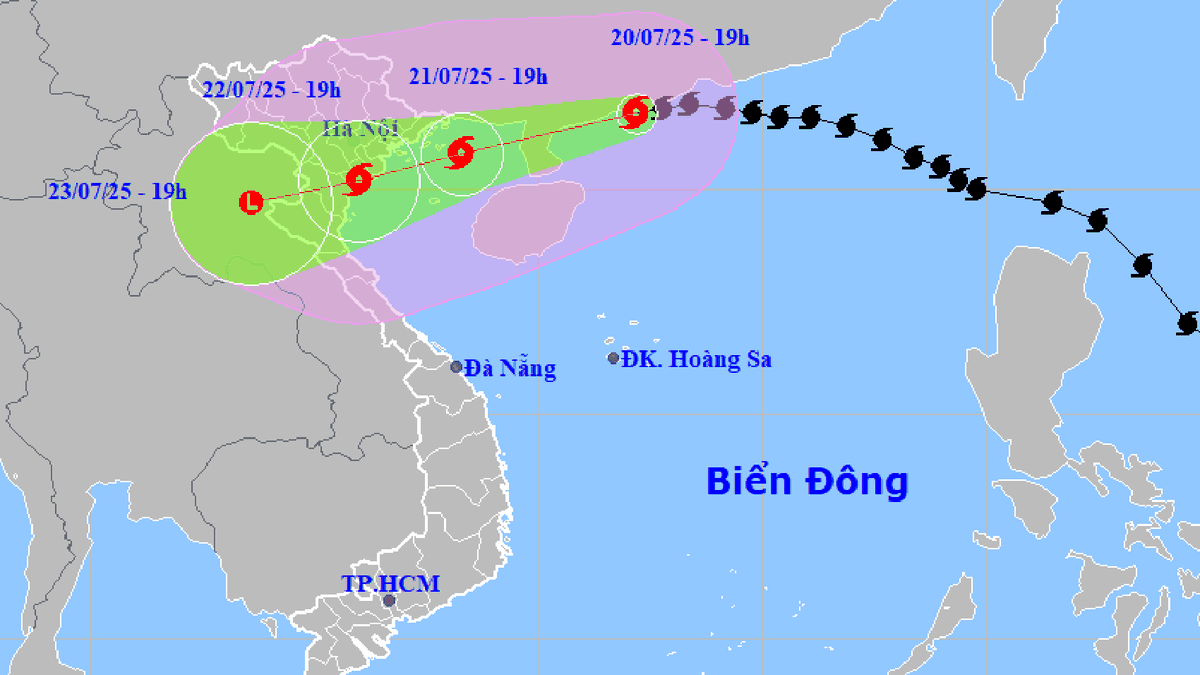
















![[Photo] National Assembly Chairman Tran Thanh Man visits Vietnamese Heroic Mother Ta Thi Tran](https://vphoto.vietnam.vn/thumb/1200x675/vietnam/resource/IMAGE/2025/7/20/765c0bd057dd44ad83ab89fe0255b783)







































































Comment (0)